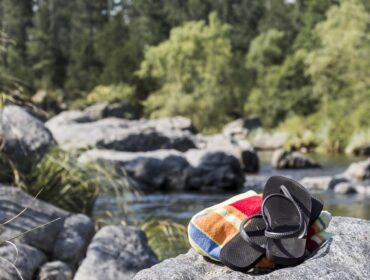 The Tampa Tribune is reporting a rise in manatee deaths in 2015. Through November, 395 manatee deaths have been reported statewide, up from 371 in 2014. Most yearly manatee deaths come from natural causes, but watercraft deaths have risen from 69 to 85, a marked increase.
The Tampa Tribune is reporting a rise in manatee deaths in 2015. Through November, 395 manatee deaths have been reported statewide, up from 371 in 2014. Most yearly manatee deaths come from natural causes, but watercraft deaths have risen from 69 to 85, a marked increase.
There are approximately 5,000 manatees living in Florida. During the cooler months, manatees move inland into warmer waters, which tends to lead to an increase in contact with humans. These slow moving herbivores are often hit by boats and other watercraft as they drift below the surface. Boaters are advised to observe no wake zones and to use care when moving through the inlets and rivers in which these mammals congregate. Federal and state regulations call for $100 fines for those caught speeding through slow-speed zones.
This increase is alarming to conservationists, who work diligently to keep this number as low as possible. Oddly enough, a more stable economy may be to blame. With a drop in gas prices and an increase in boat sales, more people — potentially inexperienced — are on the water.
In 2013, an unusually high number of manatee deaths occurred, most caused by toxic red tide. A staggering 831 of these gentle animals died that year, 274 of which died from undetermined causes.
 Compounding the red tide bloom, Brevard County, on Florida’s east coast, suffered a massive die-off of the seagrasses that manatees feed on, causing them to seek new food sources.
Compounding the red tide bloom, Brevard County, on Florida’s east coast, suffered a massive die-off of the seagrasses that manatees feed on, causing them to seek new food sources.
While there was a rise in manatee deaths in 2015, this year’s warm winter will mean fewer cold weather related deaths. One of the coldest winters on record, 2010, saw 282 cold related deaths. This number dropped dramatically over the last few years, dropping down to 30 in 2012 and 40 in 2013. That number currently stands at 18 for the year.
Images via USFWS Endangered Species, MyFWCmedia




